The Mohawk Tribe was a powerful Northeast Indian Tribe that played a significant role in Colonial America.

They made a fortune with furs, which allowed a shift of power in favor of the Iroquois, but as the Americans expanded, they sided with the British and lost.
Also Read: List of Famous Native American Tribes
This is a list of important facts about the Mohawk Tribe, and the list will be expanded.
They were an influential tribe in American culture as well.
Jump to:
- 1. They Were Part of the Iroquois Confederacy
- 2. Samuel de Champlain Made the First European Contact
- 3. European Contact Sparked the Beaver Wars
- 4. Smallpox Hurt Their Military Power
- 5. The Mohawk Tribe Sided with the British in the American Revolution
- 6. The Mohawks were Valuable Warriors
- 7. The Sullivan Expedition Hurt the Mohawks
- 8. After the Revolution they Migrated to Canada and Upstate New York
- 9. The Mohawk Tribe Sided with the British during the War of 1812
- 10. The Mohawk Tribe is One of the Most Well-known Native American Tribes Due to Hair Style
- 11. Their Religion is Animist
1. They Were Part of the Iroquois Confederacy
The Mohawk Tribe was part of the Iroquois Confederacy and often wielded the most power. The tribes that were involved in the Confederacy were the following:
These would have been considered Northeast Tribes, with the exception of the Tuscarora tribe that migrated from the Southeast but shared a language.
The Iroquois Confederacy was a loose confederacy, and although they often aligned with each other, this would often not be the case.
2. Samuel de Champlain Made the First European Contact
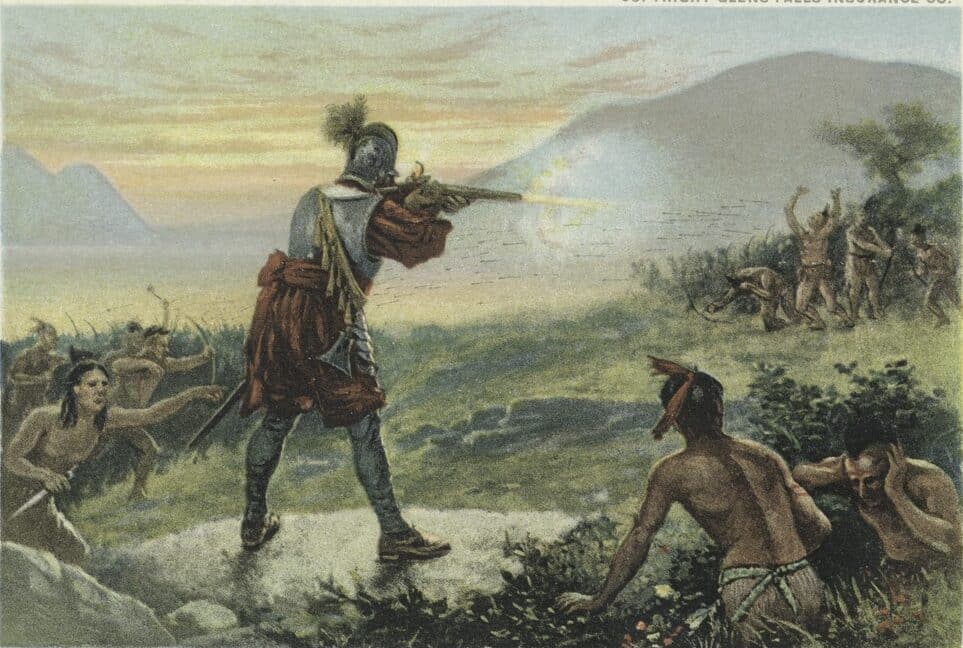
In June 1609, a group of Huron warriors led by Samuel de Champlain and his crew traveled to Mohawk territory. The Mohawks were unaware of their arrival. Champlain was eager to attack the Mohawks, who had been raiding neighboring villages.
On July 29, 1609, many of Champlain's French crew and hundreds of Huron warriors turned back, intimidated by the prospect of battle. However, Champlain and a small group of men continued on. They eventually spotted a group of Mohawks near Lake Champlain.
The Mohawks saw Champlain and his men as well. Champlain and his men retreated briefly, then advanced to the Mohawk barricade. When they arrived, they were met by 200 Mohawk warriors led by four chiefs.
Both sides were surprised to see each other. Champlain was impressed by the Mohawks' size, confidence, and dress. The Mohawks were surprised by Champlain's steel cuirass and helmet.
One of the Mohawk chiefs raised his bow and arrow to attack Champlain. Champlain fired three shots from his musket, killing the chief and two other warriors instantly.
The Mohawks were stunned by the power of Champlain's weapons. They began to fire arrows at Champlain and his men, but they were no match for the muskets.
The Mohawks were forced to retreat, having suffered heavy losses. This was the first time the Mohawks had ever encountered Europeans, and it was a decisive victory for Champlain.
3. European Contact Sparked the Beaver Wars
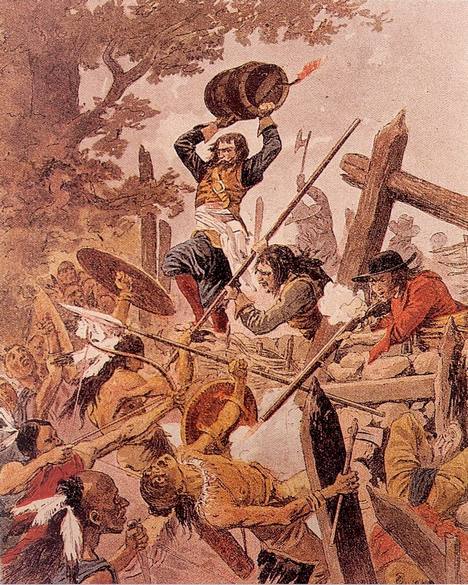
The Beaver Wars were a series of conflicts between the Iroquois Confederacy (specifically the Mohawk) and other Native American tribes in the Northeast and Midwest of North America from the early 17th century to the mid-18th century.
The wars were fought over control of the beaver trade, which was a major source of wealth and power for the Iroquois.
The Beaver Wars began in the early 17th century when the Iroquois began to expand their territory into the Northeast.
They came into conflict with the Huron and Erie tribes, who were also trading beaver pelts to the Europeans. The Iroquois were victorious in these wars, and they gained control of much of the beaver trade in the region. It also destroyed the Erie tribe.
In the mid-17th century, the Iroquois turned their attention to the tribes of the Midwest, such as the Illinois and Miami.
These tribes were also trading beaver pelts with the French, and the Iroquois were determined to prevent them from doing so.
The Iroquois were again victorious in these wars, and they gained control of much of the beaver trade in the Midwest as well.
4. Smallpox Hurt Their Military Power
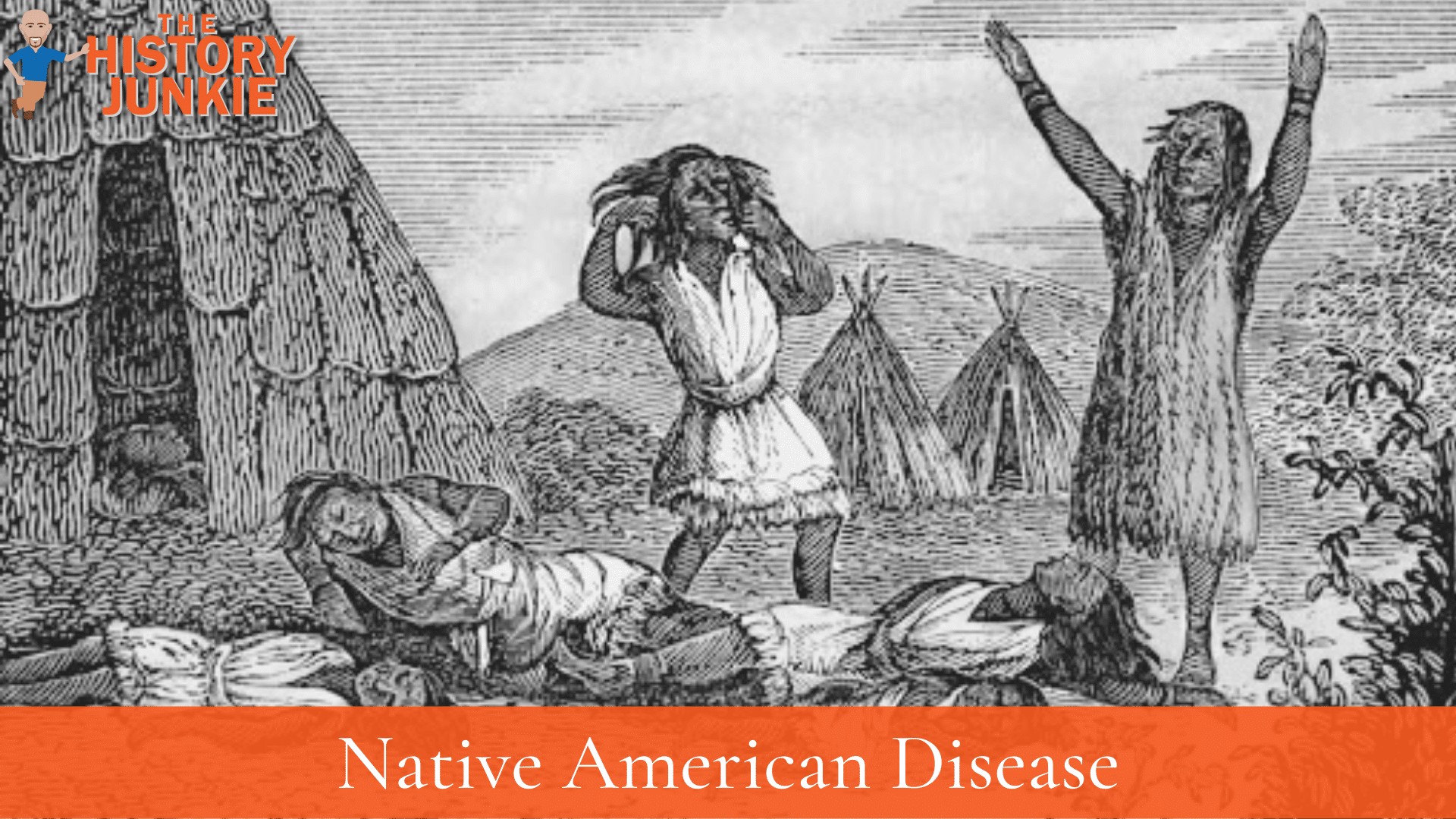
Smallpox was a devastating disease for the Mohawk tribe. The first recorded outbreak of smallpox among the Mohawks occurred in 1634, and it is estimated that the disease killed up to 75% of the tribe's population.
Subsequent outbreaks continued to plague the Mohawks, and by the end of the 17th century, the tribe's population had been reduced by as much as 90%.
The smallpox epidemics had a profound impact on the Mohawk tribe. They decimated the tribe's population, weakened its military strength, and disrupted its social and cultural fabric.
The Mohawks were forced to adopt new ways of life in order to survive, and they never fully recovered from the damage caused by smallpox.
5. The Mohawk Tribe Sided with the British in the American Revolution
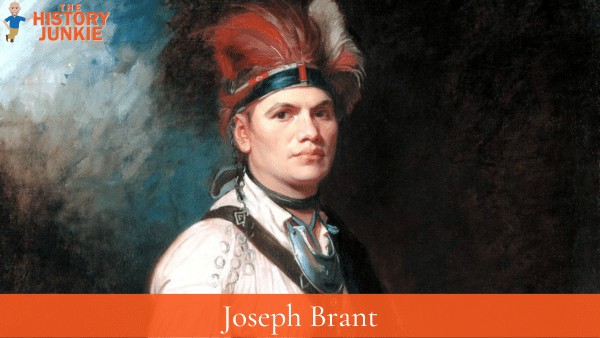
Many don't realize that the Iroquois Confederacy was not unified during the American Revolution and that two tribes sided with the Americans.
The Mohawks had been allied with the British during the Beaver Wars, and their success in their conquest and control of the Beaver trade made them loyal to the Crown. During the Revolution, the Mohawk tribe, led by Joseph Brant, sided with the British.
The result would be disastrous since the British lost the way and ceded territory.
While they maintained some power, they could not stop the colonists from progressing into the West.
Also Read: Famous Colonists in Colonial America
6. The Mohawks were Valuable Warriors
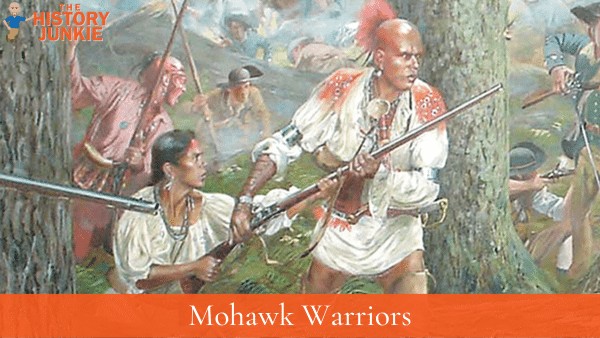
The Mohawk Tribe was known for their excellent warriors.
If you know what the Greek city-states were, then they would be the Spartans of the Iroquois Confederacy.
Their biggest strength was their adaptability. Despite being some of the first casualties of European weaponry, they adapted and then merged their skills with those tactics.
This led to devastating ambushes and highly effective fighting in battles. They became a force to respect, and the colonists would recognize that.
This is also how they took control of the Beaver trade during the Beaver Wars. They decimated other tribes and made at least one extinct.
They also learned the advantage of the Bow and Arrow during battle. The musket would take longer to reload, and they could launch many more arrows at their enemy while they were reloading.
It was the blending that made them fierce.
7. The Sullivan Expedition Hurt the Mohawks
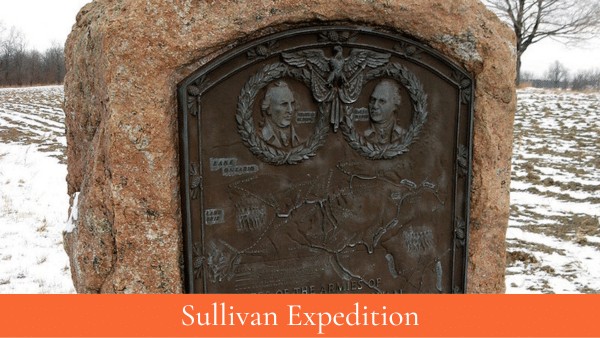
The Sullivan Expedition was a military campaign conducted by the United States Continental Army against the Iroquois Confederacy during the American Revolutionary War.
The campaign was ordered by General George Washington in response to the Iroquois raids on American settlements in New York and Pennsylvania.
The expedition was led by Major General John Sullivan and Brigadier General James Clinton. The army, consisting of about 4,000 men, marched from Easton, Pennsylvania, to the Iroquois homeland in western New York.
The army destroyed over 40 Iroquois villages, along with crops and food stores. The expedition also killed or captured hundreds of Iroquois warriors.
8. After the Revolution they Migrated to Canada and Upstate New York
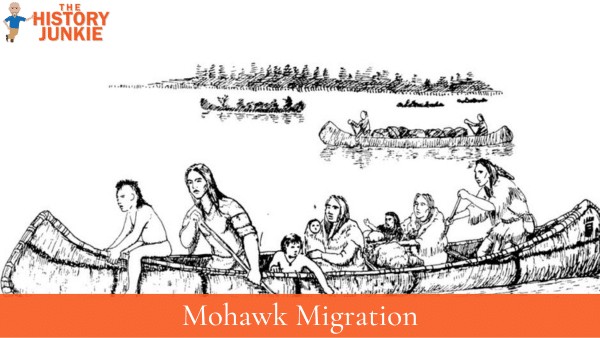
After their defeat in the American Revolution, they migrated to Canada, which was under British control.
It was here that Joseph Brant would live out the rest of his life, but his influence would be lasting as it influenced the young Tecumseh.
Also Read: Famous Native Americans in American History
Another Mohawk war chief, John Deseronto, led a group of Mohawk to the Bay of Quinte. Other Mohawks settled in the vicinity of Montreal and upriver, joining the established communities (now reserves) at Kahnawake, Kanesatake, and Akwesasne.
On November 11, 1794, representatives of the Mohawk (along with the other Iroquois nations) signed the Treaty of Canandaigua with the United States, which allowed them to own land there.
9. The Mohawk Tribe Sided with the British during the War of 1812

The Mohawk tribe again sided with the British and Tecumseh during the War of 1812. This would again be a costly victory.
While the British initially supported the natives and their desire to build a native state, they were involved in the Napoleonic Wars and had limited resources to support both fronts.
After the death of Tecumseh, the dreams of a unified Native American state fell apart due to old grudges.
Also Read: Five Reasons the Native Americans were Defeated by Europe and the Americans
This would again decrease the amount of influence the Mohawk tribe had in the Native American landscape.
10. The Mohawk Tribe is One of the Most Well-known Native American Tribes Due to Hair Style

Historically, the traditional hairstyle of Mohawk men, and many men of the other groups of the Iroquois Confederacy, was to remove most of the hair from the head by plucking (not shaving) tuft by tuft of hair until all that was left was a smaller section, that was worn in a variety of styles, which could vary by community.
The Mohawk and the rest of the Iroquois Confederacy, in fact, wore a square of hair on the back of the crown of the head.
The hairstyle was part of their culture but also brought intimidation to opposing troops.
11. Their Religion is Animist
Their religion, like most Native Americans, was based on objects such as nature.
There was a time of conversion to Catholicism when the Jesuit missionaries converted some of the members of the tribe.
Being near the New England Colonies also brought a Puritan influence to the Mohawks, who had missionaries who spent their lives trying to show the tribe God's grace.
While there were some inroads, many Mohawks did not convert and continued their Animist beliefs.
